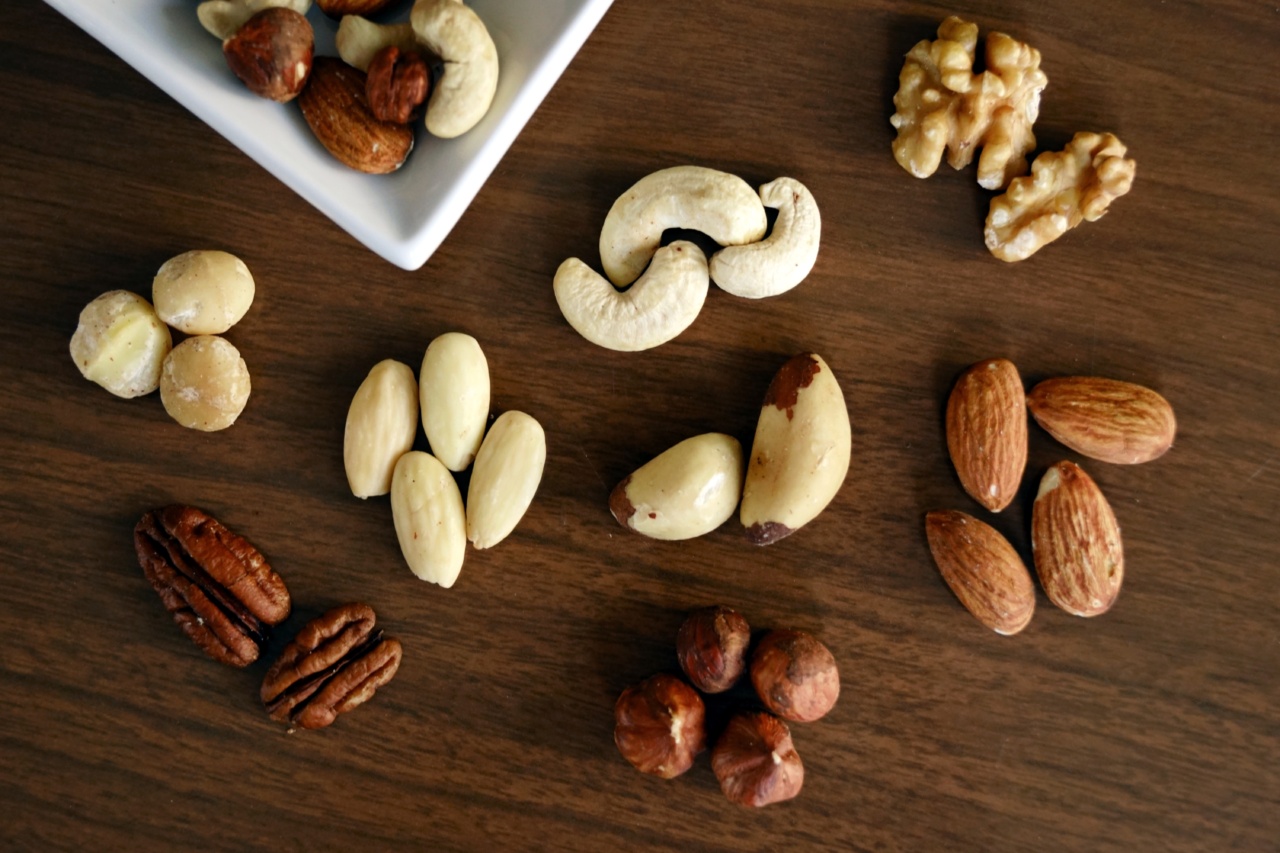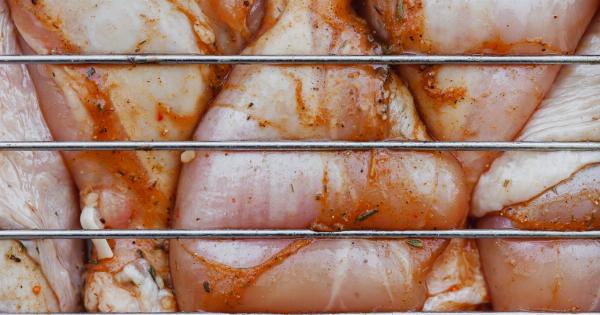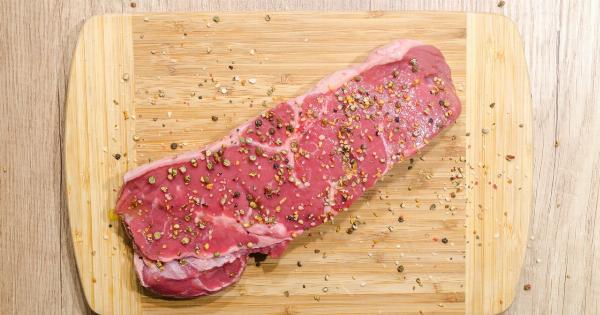When it comes to feeding your furry friends, choosing the right type of food can be overwhelming. There are numerous types of pet food out there, including canned, dry, wet, raw, and even homemade food.
The two most common types of pet food are canned and dry food. But, which one is healthier for your pet?.
What Is Canned Food?
Canned food, also known as wet food, is food that is sealed in an airtight can or pouch. It typically contains a higher amount of water, more meat, and fewer carbohydrates than dry food.
Most canned foods contain a high concentration of animal-based protein, which is essential for a healthy diet. Canned food is also available in different forms like pate, chunks, and gravy.
What Is Dry Food?
Dry food, also known as kibble, is food that is dehydrated or baked. It is available in various forms including biscuits, pellets, and nuggets. Dry food often contains more carbohydrates, less meat, and a lower moisture content than canned food.
It is generally less expensive and has a longer shelf life than canned food.
Pros and Cons of Canned Food
Pros
- High-quality protein: Canned food typically contains a higher proportion of animal-based protein which is essential for your pet’s healthy growth and development.
- Higher moisture content: Canned food contains more moisture, which helps to keep your pet hydrated and improve their overall health.
- Palatability: Canned food is more palatable than dry food, which makes it an excellent option for finicky eaters. It also has a stronger aroma which can help stimulate your pet’s appetite.
- Easy to digest: Canned food is easier to digest than dry food, which makes it an ideal option for pets with digestive issues such as constipation and diarrhea.
Cons
- Short shelf life: Once opened, canned food has a short shelf life and needs to be refrigerated. It also has a shorter overall shelf life than dry food.
- Higher cost: Canned food is generally more expensive than dry food, which can be a concern for pet owners on a budget.
- Dental health: Canned food tends to stick to your pet’s teeth, which can increase the risk of dental problems if not cleaned properly.
- Storing and handling: Canned food can be messy to handle, and it can be challenging to store in a small space due to its size and weight.
Pros and Cons of Dry Food
Pros
- Convenience: Dry food is easy to store and handle, making it a convenient option for busy pet owners. It also has a longer shelf life than canned food.
- Affordable: Dry food is generally less expensive than canned food, making it an ideal option for pet owners on a budget.
- Dental health: Dry food helps to clean your pet’s teeth and reduce the risk of dental problems like tartar and plaque buildup.
- Low moisture content: The low moisture content of dry food means that pets will urinate less often, making it an ideal option for those who need to leave their pets home alone for extended periods.
Cons
- Lower-quality protein: Dry food often contains less animal-based protein, making it less nutritious than canned food in certain cases.
- Low moisture content: The low moisture content of dry food can lead to dehydration in pets, particularly in hot weather or during illnesses.
- Digestive issues: Some pets may experience digestive issues such as constipation or diarrhea when eating dry food, as it is harder to digest than canned food.
- Palatability: Some pets may find dry food unappetizing due to its bland flavor and lack of aroma.
Canned or Dry Food?: Which is Healthier for Your Pet
The answer to this question depends on your pet’s individual needs and preferences. Both canned and dry food can provide your pet with essential nutrients for a healthy and balanced diet.
Canned food is an excellent option for senior pets, picky eaters, or pets with dental health issues as it is soft, moist, and more palatable. Conversely, dry food is a convenient option for active pets that need to maintain their weight and energy levels and pets with good dental health.
One crucial factor to keep in mind when choosing between canned and dry food is to read the label carefully. Look for high-quality ingredients like meat, vegetables, and whole grains, and avoid additives, artificial flavors, and fillers.
You should also consider your pet’s age, breed, weight, and health condition before making a decision.
The Bottom Line
Canned and dry food, both have their pros and cons. Ultimately, the key is to choose the right type of food that meets your pet’s nutritional needs, age, and health condition.
You should also talk to your veterinarian before making any significant changes to your pet’s diet, as they can provide valuable guidance and recommend high-quality pet food brands.






























